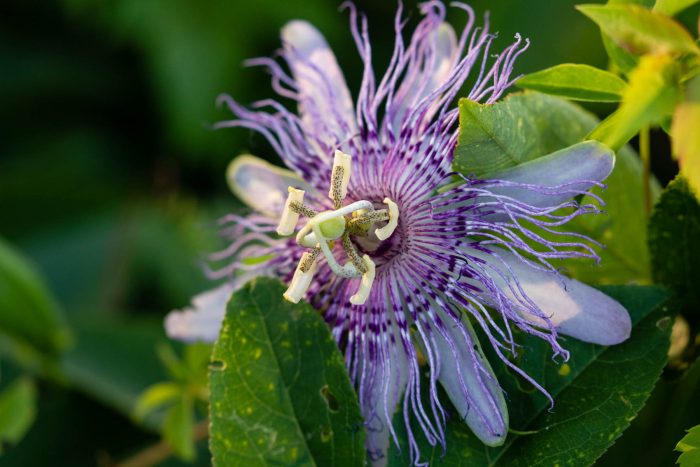Passionflower
Passiflora incarnata
The passifloraceae family includes more than 700 species, most of these are native to the Americas and each one supports a wide variety of wildlife. Passiflora incarnata is native to the southern United States and can be found as far north as Pennsylvania.

